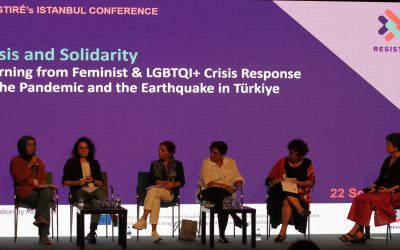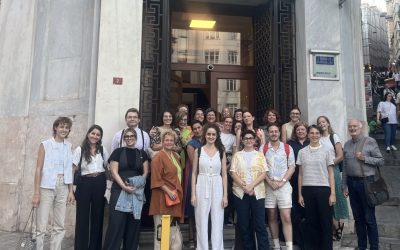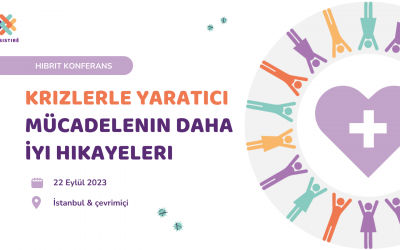Analysing inequalities: our methodology
Two types of mapping have been conducted, which provide us with European and national insights on the impact of COVID-19. National insights are derived from the mapping of Rapid Assessment Surveys (RAS), which are studies undertaken at fast pace to understand the impact of the pandemic. European-level insights come from reviews of the literature and analysis of relevant large-scale European datasets, such as European Union Statistics on Income and Living Conditions and Eurofound “Living working and COVID-19″ e-survey.
A complex picture of intersecting inequalities
In this report, we provide an update of the quantitative mapping of both national and European indicators with an emphasis on the experiences of young/old people, single parents, migrants/refugees/asylum seekers and Lesbian, gay, bisexual, transgender and queer (LGBTQ+) communities. This focus on the inequality grounds of age, relationship status, nationality, sexual orientation and gender identity emanated from observations in the first cycle showing a limited understanding about the experiences of these particular groups.
The findings of this second cycle of quantitative mapping demonstrate that COVID-19 policies have contributed to existing inequalities for vulnerable groups. Commonalities in experiences have been observed across our groups of focus, with pandemic restrictions preventing access to vital sources of support, care and education, as well as creating occupational and financial precarity.
An intersectional gender+ analysis reveals how, within vulnerable groups, inequality grounds can overlap and intersect. For example, women have tended to experience worse outcomes and additional pressures across all the inequality grounds explored here. In combination, these factors have contributed to what appears to be a widespread mental health crisis.
However, despite many commonalities in outcomes, the ways in which pandemic restrictions impacted these vulnerable groups and the mechanisms of inequality are not always alike and tailored approaches are required to address these inequalities
The report also demonstrates how we are addressing research gaps identified in the first cycle of RESISTIRÉ through ongoing quantitative analysis in collaboration with the authors of ‘promising’ mapped RAS and through the development of a mobile application (app).



